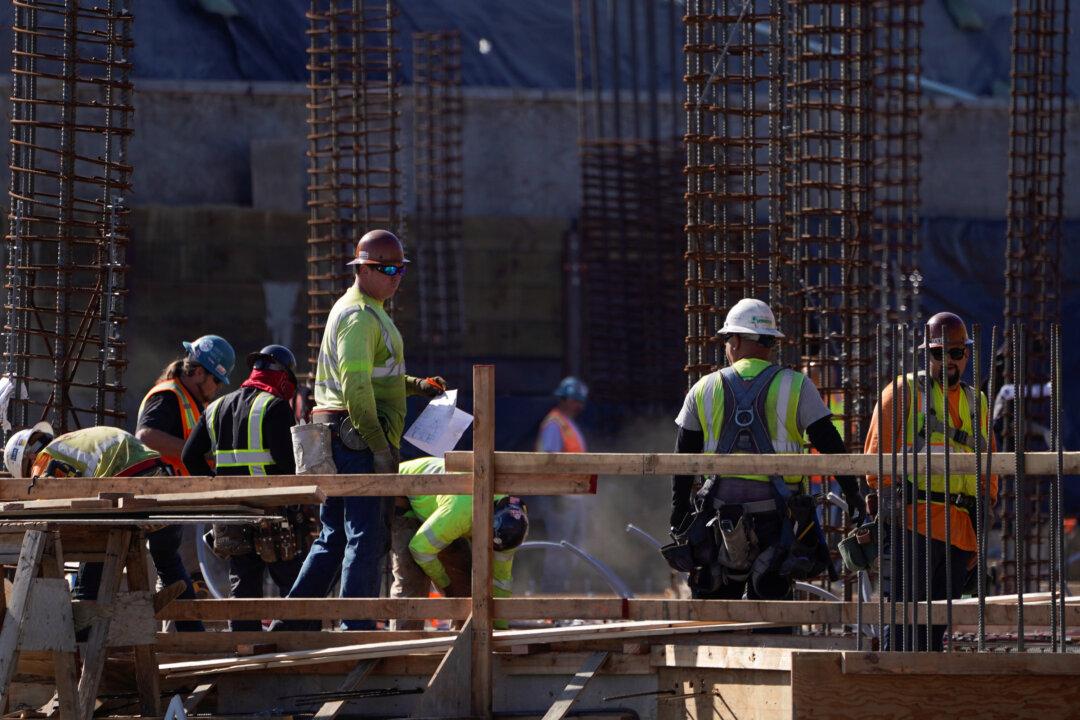Some two dozen top economists told Bankrate in a Q4 poll that there was a 35 percent chance of a recession in 2020, compared to a 41 percent chance expressed in a similar Q3 survey.
The findings of Bankrate’s Fourth-Quarter Economic Indicator survey show that the experts, mostly chief economists and senior executives of financial institutions, are currently more optimistic about next year’s economic prospects than a similar cohort of respondents was last quarter.





